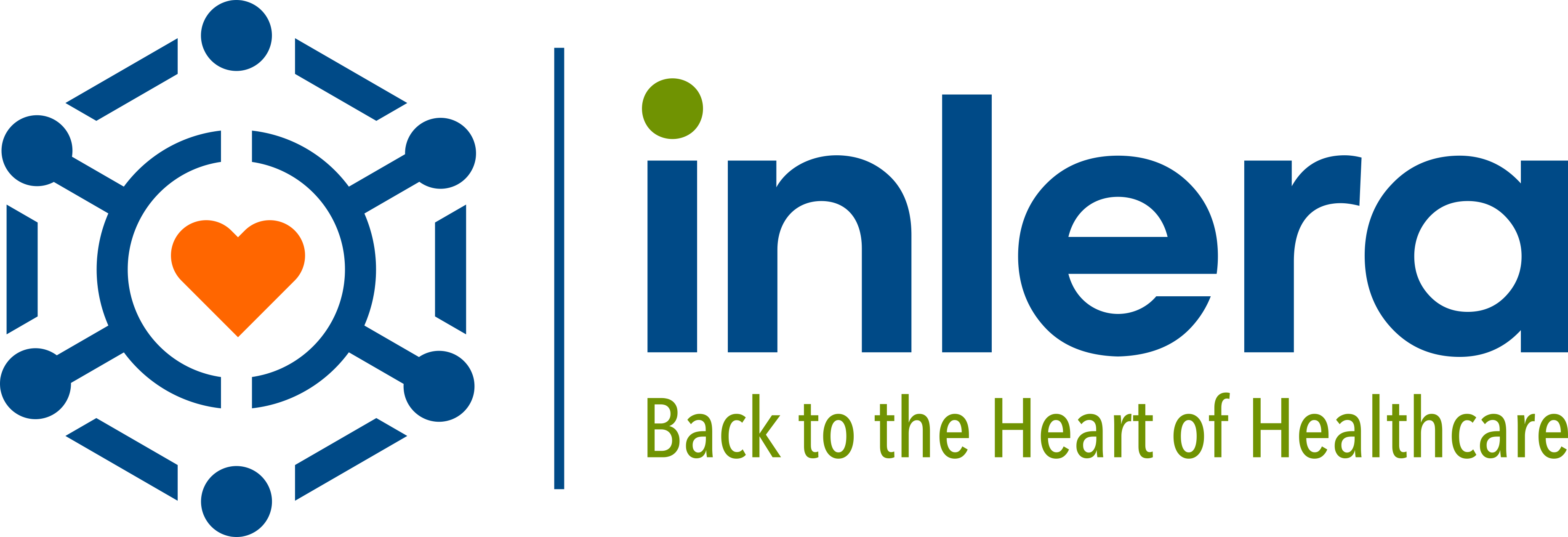
Insurance credentialing is one of our most frequently requested a la carte services. Often new practitioners come to us with the fear of the unknowns of navigating the insurance world but the desire to enter networks as participating provider. Years ago, the world of insurance credentialing was an absolute paperwork nightmare with countless pages of applications requiring numerous attachments.

Now that technology has come into play insurance companies have opted to simplify the process – well slightly. Each insurance company still has their own very unique process for credentialing and contracting. How do we recommend simplifying and streamlining the process?
1. Ask around.
We suggest you gain feedback from your local area colleagues and fellow association members on which insurance companies they recommend you join. If you are opening a new practice and are unsure of the most common carriers prevalent in the local area then don’t jump the gun. Wait. Take time to understand the area demand and learn the plans of the surrounding large corporations and school systems from which you may anticipate receiving patients then decide.
2. DIY or Delegate?
The credentialing process isn’t for the inconsistent or the faint of heart. If you should choose to do it yourself, you must be prepared to not only complete paperwork but you must also ready yourself for vigorous follow-up. Credentialing can very often be a fairly lengthy process and without proper follow-up can be an even lengthier.
3. Automate.
One of the most wonderful tools created for credentialing is CAQH Proview, a free centralized database for providers to complete and house their credentialing. Completing this one-time credentialing application and re-attesting it regularly can be huge time-saver and is a required step for most large insurance carriers nowadays. The other added bonus is if you choose to delegate credentialing to a trusted individual or organization, you can provide them with your completed CAQH application and it will provide them with all the necessary information for them to complete your credentialing requests with most carriers.
4. Organize & Follow-up.
The greatest way to ease the headache of credentialing is to better organize yourself with the use of technology or a paper planner. Create a contact list specifically for your credentialing contact phone, fax and email details. Also, be sure to use your planner or calendar to document the calls and status updates so that you can be more equipped if and when another follow-up is necessary. Hang on to your contact list because it will come in handy when you have additional practitioners you need to credential in the future, when you need to make any changes to your practice records or for when your re-credentialing is due.
5. Know the Dollars & Cents.
Before you sign on the dotted line, know the fee schedule you are agreeing to. Know your cost of doing business and set your minimum reduction but be willing to bend when needed. For example, you may set your absolute minimum reduction for your initial exam, 99203, at $90 but XYZ Insurance Co reimburses $78 for 99203 and your practice is located in the same building of a large corporation whose employees are contracted with XZY Insurance Co. then know that you will may still benefit of you take the additional $12 loss.
6. Sign & Track.
After you begin treating your patients and receiving contracted reimbursement, be sure to keep a close eye on your monthly statistics by tracking your payments by carrier. You’ll also want to discern whether the administrative costs (i.e. precertification requirements) associated with any particular insurance companies outweigh the volume of patients and their level of reimbursements. If so, termination of that contract may be a better option.

Jasmine Vializ is the President and CEO of Inlera, a billing and practice management company designed to increase the quality of healthcare by helping doctors to prioritize their patients while boosting their bottom line.











